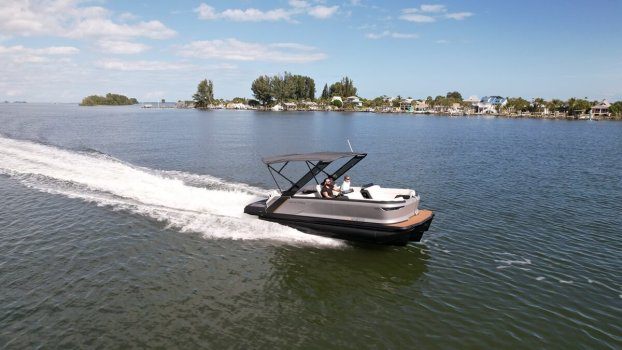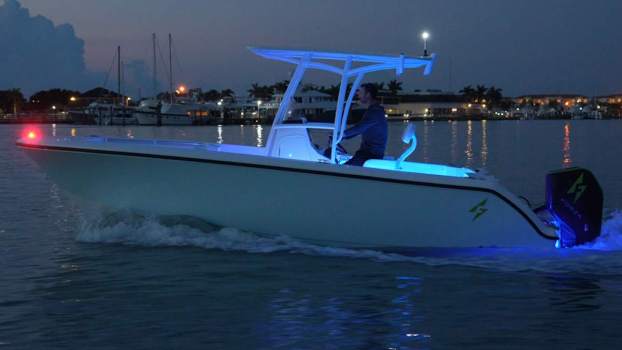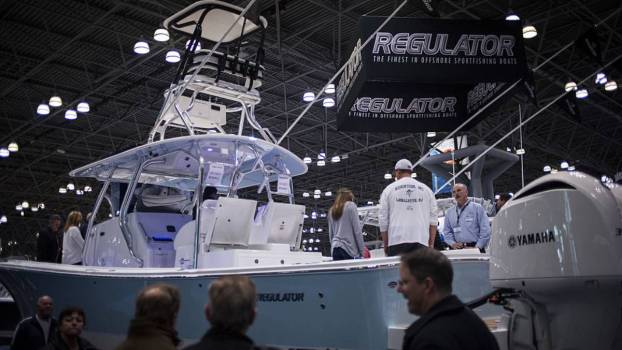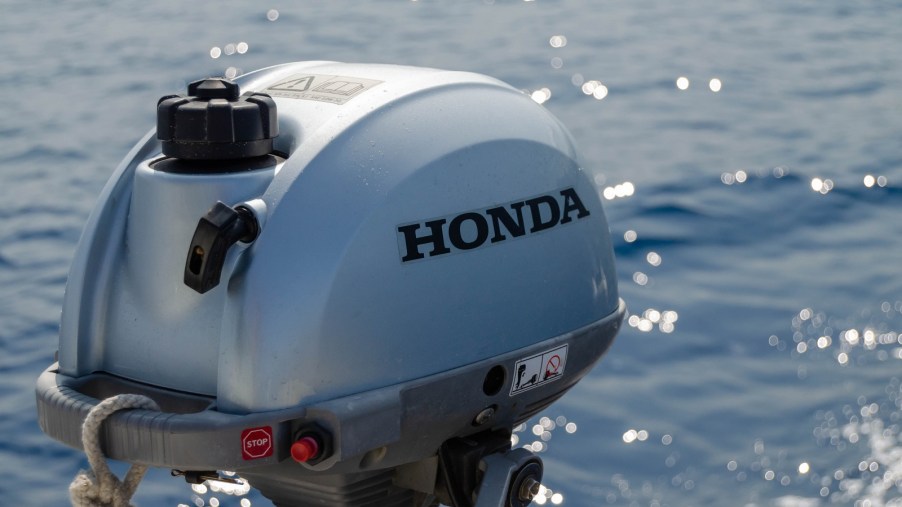
Honda Is Falling Behind in a Segment It Pioneered
Anywhere in the world of internal combustion engines, you can find groundbreaking innovations by Honda. In the car world, the Honda VTEC system made variable valve timing the industry standard. More recently, Honda DCT transmissions are making motorcycles more accessible to a wider range of riders.
However, there’s one Honda innovation that the Japanese giant has failed to capitalize on in recent years. Honda engineered the original four-stroke outboard boat engine back in the 1960s, but it’s fallen behind its rivals in a few important ways.
4-stroke outboards have taken over the boating industry
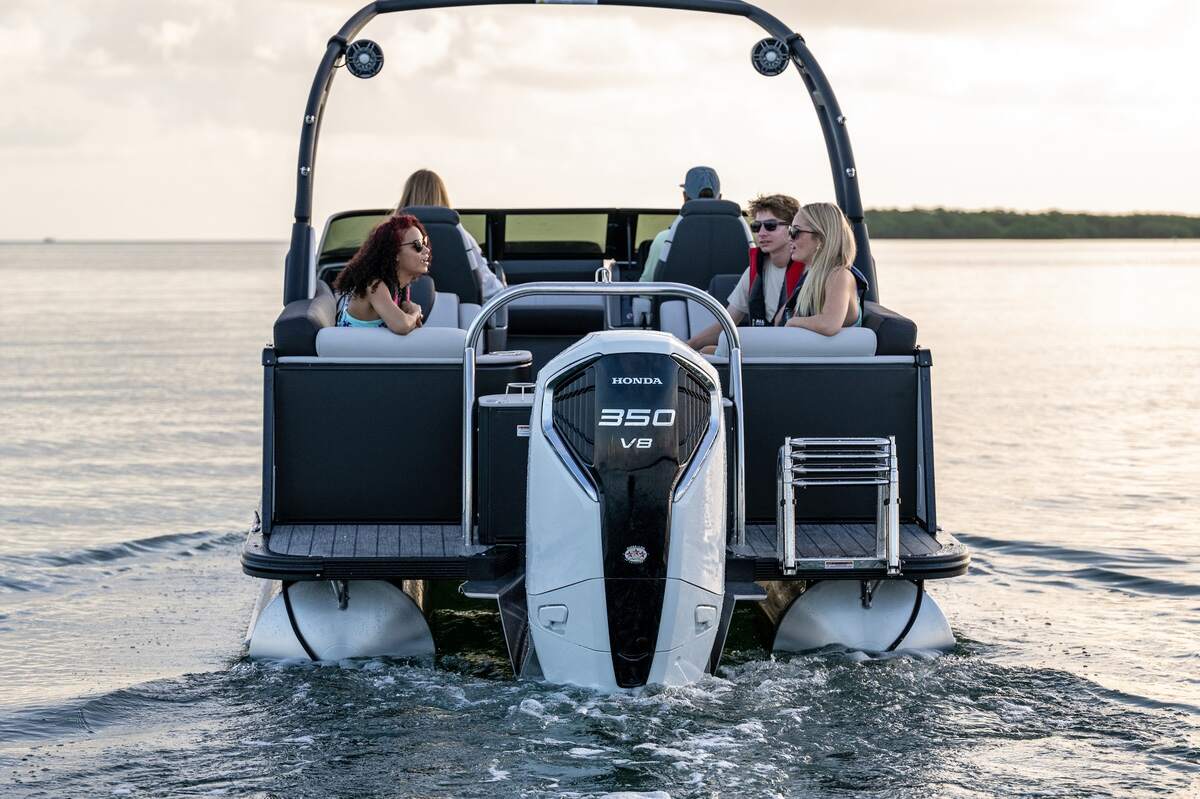
Much like in the car industry, four-stroke engines took over the boating industry when they became viable for mass production. Four-stroke engines have tons of advantages over two-stroke engines. A four-stroke engine is more efficient, has lower emissions, and generally has smoother, quieter operation. Unlike with a two-stroke, there’s no fussing around with mixing gas and oil in a four-stroke.
Four-stroke engines also tend to last longer, which means engine replacements aren’t as common as they used to be when two-stroke engines were the industry standard. Not to mention the performance advantage of more torque lower in the rev range, making a four-stroke more suitable for pulling water skiers.
Four-stroke engines are just easier to live with and more pleasant to operate on a boat. Because of their advantages, it’s not hard to see why four-stroke outboard motors are so popular.
Honda was first to market with its 4-stroke outboard
Honda introduced the first commercially available four-stroke boat engine in 1964, according to ARG Marine. It started selling outboard boat engines in the United States three years later, where Honda was starting to grow a reputation for its affordable and user-friendly motorcycles. Honda grew in market share for boat engines and introduced a full line of four-stroke outboard engines in 1985.
The turn of the 21st century saw more advanced technology for Honda boat engines. In 2001, it applied VTEC variable valve timing technology to a four-stroke outboard engine, giving it an impressive output of 225 horsepower. This engine was so good that the U.S. Coast Guard put it into service in 2002.
However, despite being a pioneer in four-stroke outboard boat engines, Honda has fallen behind in the OEM space. Few new boats for sale come from the factory with a Honda engine compared to the new industry leaders.
Who are the major players in the industry now?
The big names in factory boat motors are Mercury and Yamaha. Wisconsin-based Mercury Marine produces a wide range of both inboard and outboard boat engines and sterndrives. Mercury still does some of its manufacturing in the U.S., but its 40-60 horsepower engines are made in China and its smaller engines are produced by Japanese firm Tohatsus and rebadges as Mercury engines. Mercury is dominant when it comes to factory outboard boat engines.
Yamaha is approximately as old as Honda in the marine engine space. The two have always been close competitors in terms of both motorcycles and boat engines. When it comes to factory boat engines in the U.S., Yamaha has greater ubiquity than Honda.
Suzuki is a growing presence in outboard engines in the U.S. market. However, like Honda, it’s primarily in the repower market. That means people buy Suzuki and Honda boat engines to replace the factory engines in old boats.
Although Honda Marine has fallen behind in the OEM game, we’re glad the brand is still innovating in this space. The brand recently came out with its first-ever, commercially available V8 engine, and it’s a boat engine. The V8 makes Honda more competitive with Mercury, and we look forward to what the future holds for Honda Marine.
